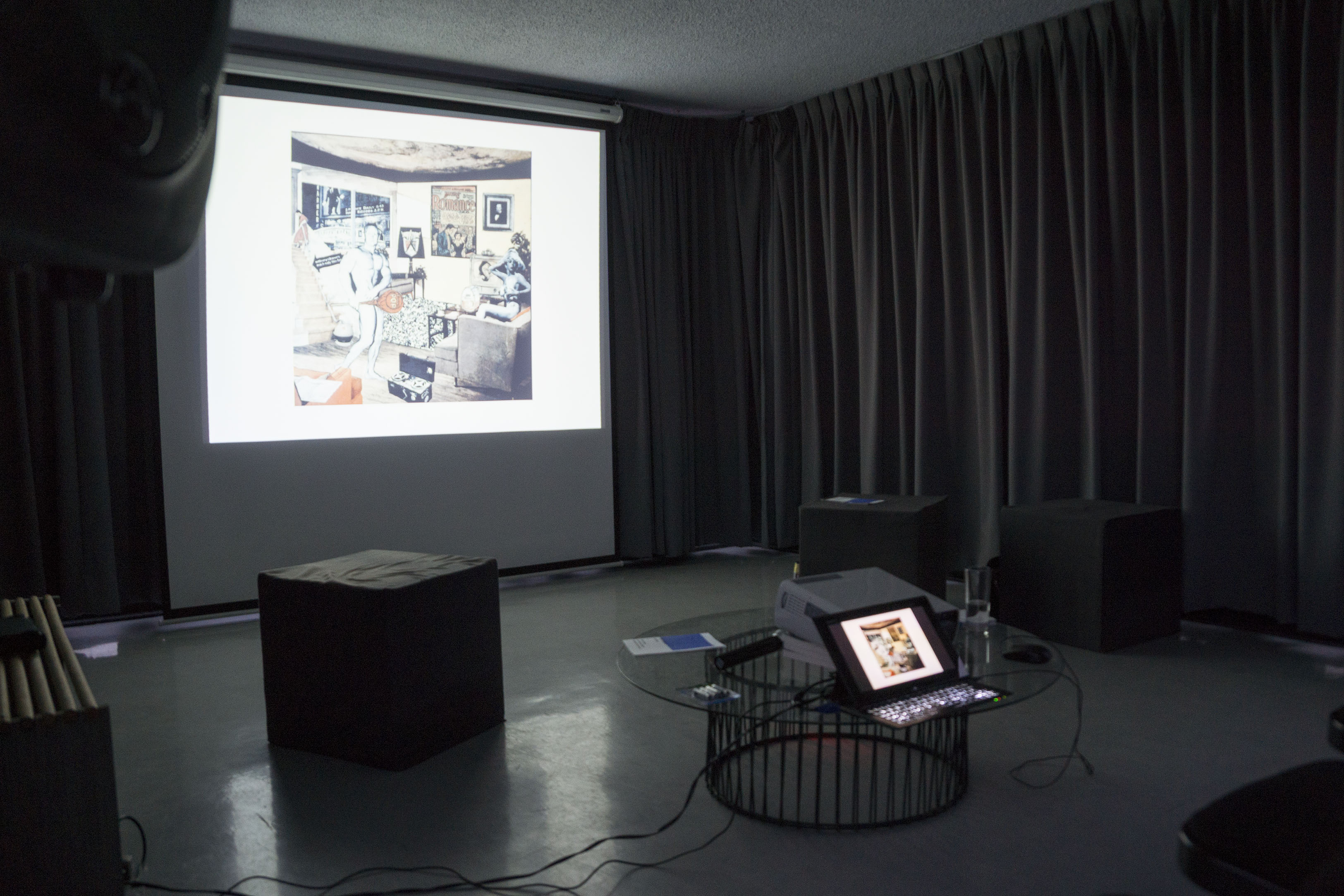El ciclo de Interludios de tres propone transformar el tradicional formato de conferencia en el que un ponente se enfrenta al público, en una estructura de conversación no jerárquica en la que al menos tres participantes están involucrados y se retroalimentan en tiempo real. Se pretende a su vez, explorar distintas disposiciones espaciales y programáticas que motiven dinámicas de discusión alternativas.
En ese sentido, LIGA quiere propiciar un formato inédito para cada edición con el objetivo de ampliar el espectro de posibilidades e involucrar a todos los presentes.
El pasado martes 23 de agosto tuvo lugar en LIGA el segundo evento del ciclo Interludios de tres con los invitados Mimi Zeiger, Ana Paula Galindo y Alejandro Hernández. Este ciclo propone transformar el tradicional formato de conferencia en el que un ponente se enfrenta al público, en una estructura de conversación no jerárquica en la que al menos tres participantes están involucrados y se retroalimentan en tiempo real. Se pretende a su vez, explorar distintas disposiciones espaciales y programáticas que motiven dinámicas de discusión alternativas. En ese sentido, LIGA quiere propiciar un formato inédito para cada edición con el objetivo de ampliar el espectro de posibilidades e involucrar a todos los presentes.
Para el segundo evento de la serie se ensayó una estructura experimental de conversación, según la cual los tres invitados participaron de un partido de ping-pong virtual. La dinámica consistió en lanzar imágenes que fueron comentadas por los otros jugadores. Fueron objeto de esta investigación en tiempo real la cultura visual contemporánea, la velocidad, el tipo de filtros y nivel de reflexión con que absorbemos y reaccionamos a los estímulos que nos llegan codificados en forma de imágenes.
